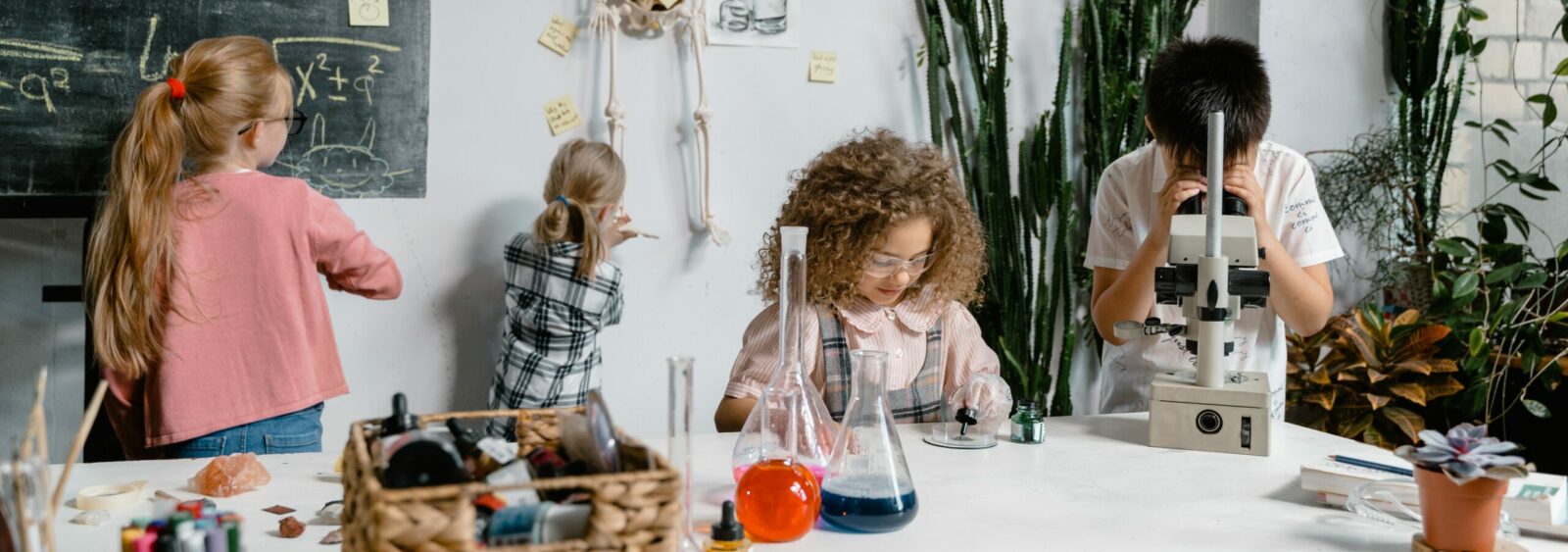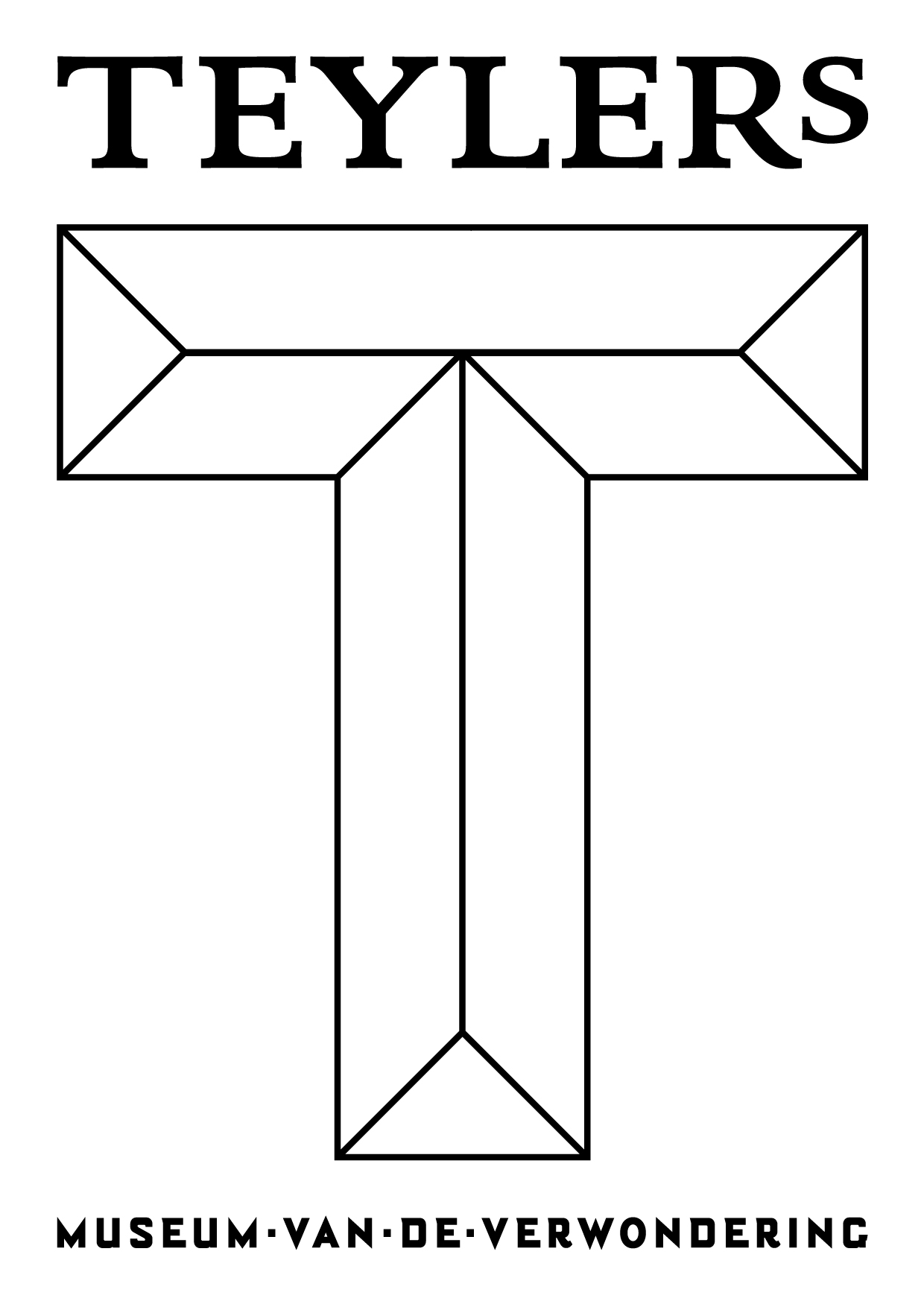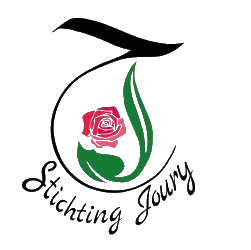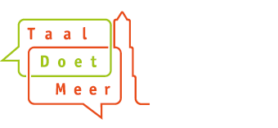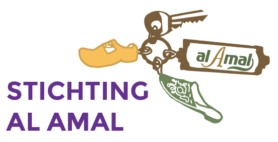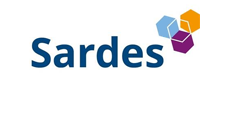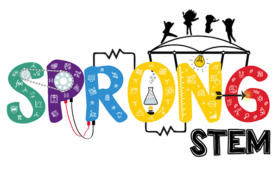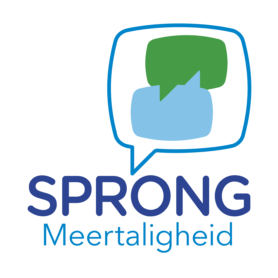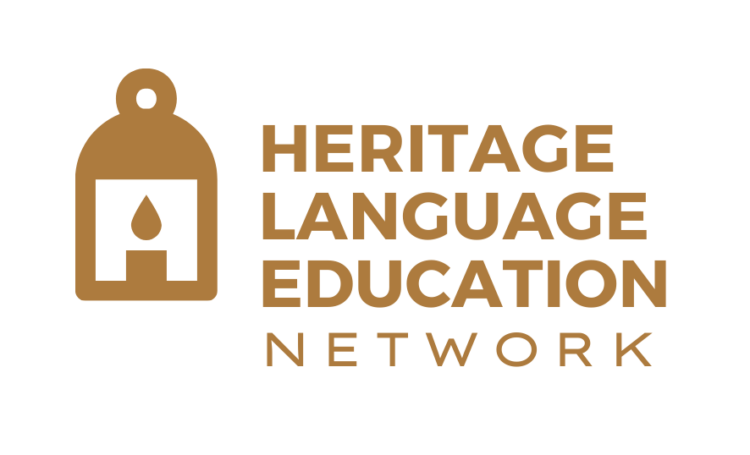BOUNDARY CROSSING
Most of the world is multilingual, and yet we often find ourselves in monolingual environments. How do multilingual children cross the language boundaries they experience between their home and the school and science museum? How can translanguaging become a thread that connects their worlds?

The subproject ‘Boundary Crossing’ aims to capture the complexities involved when using translanguaging strategies in different learning settings, such as the home, the school, and the science museum. Here, translanguaging strategies refer to using more than one language within a classroom lesson.
Multilingual children and their families may speak a different language at home than is spoken at school or at science museums. In these cases, a child might not understand their teacher’s instructions – a teacher may not be able to offer help when needed – or a family might not be able to follow the written instructions in a museum.
By exploring the language boundaries these children, families, teachers, and museum staff experience, we can find potential answers on to how to cross them.
Building on the findings generated by the other Multi-STEM subprojects, this research explores how the use of multilingual practices can help children cross the boundaries that they encounter. Can translanguaging strategies help build more equality and social justice?
Some of the questions we aim to answer are: When do language boundaries represent a challenge, and for whom? Can they be beneficial, and from whose perspective? How can language boundaries be renegotiated or even crossed? This research will investigate the social and historical conditions under which such boundaries developed and explore the political consequences of implementing a translanguaging strategy. – Postdoctoral researcher Mirona Moraru
For more information about the subproject ‘Boundary Crossing’ contact Mirona Moraru, m.moraru@uu.nl
